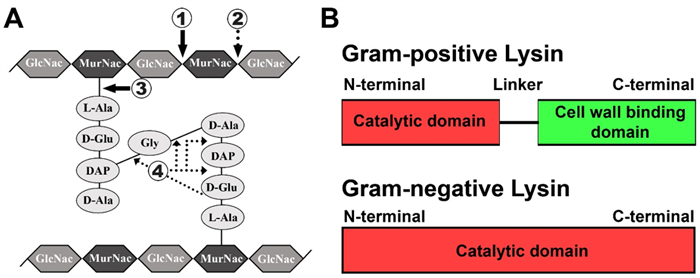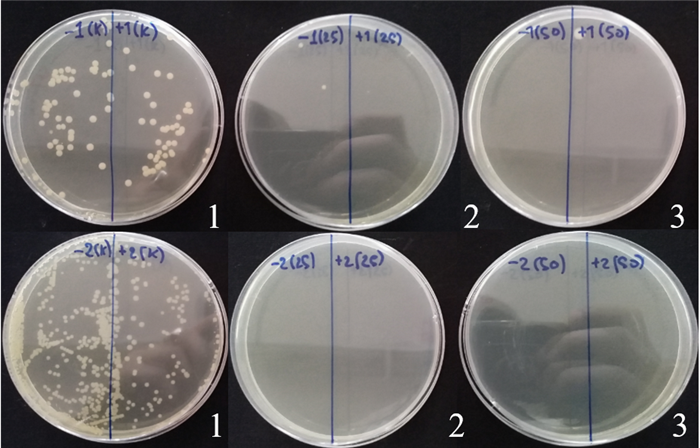New antibacterial drugs for the treatment of diseases of sturgeon fish

Name of the project. New antibacterial drugs for the treatment of diseases of sturgeon fish.
The purpose of the project. Investigation of the therapeutic potential of parental and engineered chimeric endolysins with increased lytic activity against Gram-negative bacteria P. fluorescens, P. putida, A. hydrophila, A. salmonicida and A. sobria. These bacteria are the main pathogens in sturgeon aquaculture, demonstrating an increased level of antibiotic resistance and causing significant morbidity and mortality in sturgeon fish. The goal provides for the following tasks: - isolation and physiological, biochemical, molecular identification of bacterial pathogens P. putida, P. fluorescens, A. hydrophila, A. salmonicida and A. sobria from infected sturgeon fish; - construction of chimeric endolysins with increased lytic activity against bacterial pathogens causing diseases of sturgeon fish in aquaculture; - characterization of antibacterial activity in vitro and in vivo of parental and engineered new chimeric endolysins.
KNOW-HOW. The cultivation of sturgeon in aquaculture is one of the important actions aimed at solving the problem of population reduction and restoring the almost interrupted life cycle of sturgeon species. However, the rapid development of aquaculture is accompanied by outbreaks of diseases caused by bacterial infection, which lead to high mortality and catastrophic economic losses in sturgeon aquaculture. The most severe bacterial diseases in sturgeon in aquaculture are infections caused by Pseudomonas and Aeromonas. Currently, due to the widespread and often uncontrolled use of antibiotics, the number of antibiotic-resistant bacteria has increased dramatically and is the main cause of morbidity and mortality. This phenomenon can not only lead to the failure of antimicrobial therapy, but also cause concerns about the safety of fish products. For this reason, new strategies to combat these drug-resistant pathogens are urgently needed.
Currently, endolysin therapy is considered a very promising alternative to the treatment of complex infections. Over the past ten years, the field of endolysin research has accelerated significantly. Some endolysins developed by various companies, including chimeric endolysins, primarily against gram-positive and gram-negative pathogens of humans and animals, are currently at the stage of preclinical and clinical trials. However, the potential of endolysins as antibacterial agents has not yet been studied in the field of aquaculture, although cultured fish, like other animals and humans, are constantly under threat of microbial attacks.
The presented project is aimed at developing new effective chimeric endolysins with increased lytic activity against gram-negative and antibiotic-resistant bacteria, which are the main cause of sturgeon diseases in aquaculture.
Relevance and novelty. The production of sturgeon in aquaculture has increased significantly in recent years due to the high demand for caviar on the world market. However, due to the widespread and often uncontrolled use of antibiotics, the number of antibiotic-resistant bacteria has increased dramatically and is the main cause of morbidity and mortality. Bacterial species, most often Aeromonas and Pseudomonas, have been registered as the main pathogens (Figure 1).

Aeromonosis (A) and pseudomonosis of sturgeon fish (B); Infected sturgeon fish from LLP "Educational and scientific complex of experimental industrial production of aquaculture" (Uralsk, West Kazakhstan region).
Figure 1 - Hemorrhagic septicemia of sturgeon fish
For this reason, new strategies to combat these drug-resistant pathogens are urgently needed. Endolysins are possible alternatives to antibiotics. Endolysins are classified according to enzymatic activity into the following three groups (Figure 2A): (i) Glycosidases, which include glucosaminidases (EC 3.2.1.52), muramidases (EC 3.2.1.17) and lytic transglycosylases (EC 4.2.2.n1), the action of these enzymes is aimed at cleavage of β-(1,4)-glycoside bonds of the sugar backbone; (ii) amidases (EC 3.5.1.28), which hydrolyze the amide bond between the sugar main chain and the peptide branches; and (iii) endopeptidases (EC 3.4.-.-), which hydrolyze the bond between two amino acids. The structure of endolysins can be either globular or modular (Figure 2).

A) 1 - Glucosaminidase; 2 - Muramidase (lysozyme) and lytic transglycosylase; 3 - L-alanine-amidase; 4-endopeptidase; GlcNAc - N-acetyl glucosamine; MurNAc - N-acetylmuramic acid. B) A diagram of the structure of gram-positive and gram-negative endolysins.
Most endolysins of gram-positive bacteria phages have a modular structure consisting of N-terminal catalytically active domains (CAD) and a C-terminal cell wall binding domain (CBD) separated by a short linker.
Thus, endolysins are able to effectively and quickly cause the death of a bacterium, regardless of its physiological state or antibiotic resistance.
Practical significance. The practical significance of the research project is to develop new effective chimeric endolysins with increased lytic activity against gram-negative and antibiotic-resistant bacteria, which are the main cause of diseases in sturgeon aquaculture.
Expected results: - Bacterial pathogens (A. hydrophila, A. salmonicida, A. caviae, A. sobria, P. putida and P. fluorescens) of sturgeon will be isolated and identified and their sensitivity to antibiotics in vitro will be tested;
- chimeric endolysins will be designed, as well as the genes of three parent and 7 chimeric endolysins will be cloned and their expression in E. coli will be optimized;
- the antibacterial activity of endolysins will be determined, and methods of treatment of infected sturgeon fish will be developed.
The object of implementation. The object of implementation is antibacterial drugs used to treat diseases of sturgeon caused by bacterial pathogens.
Prospects for implementation. Currently, endolysin therapy is considered a very promising alternative to the treatment of complex infections. Endolysins are phage-encoded enzymes that have peptidoglycan hydrolase activity and are therefore capable of destroying the bacterial cell wall, allowing the phage to leave the host cell after replication. The experimental data obtained under in vitro conditions demonstrate the impressive effectiveness of endolysins in the lysis of bacterial cells, including multidrug-resistant bacteria (Figure 3).

1 - control, 2 - endolysin (25 mcg), 3 - endolysin (50 mcg)
Figure 3 - Results of antibacterial activity of endolysin in vitro
Unlike antibiotics and bacteriophages, bacterial strains do not develop resistance to endolysins, which contributes to the widespread use of antibacterial drugs.
Consumers. The main consumers are fisheries enterprises, including industrial aquaculture complexes and fish hatcheries, as well as fish farmers.
Competitiveness (Advantages of technology) and commercialization of the project. The results of the research project are commercialized because they have practical significance in the field of ichthyopathology and are aimed at the treatment and prevention of diseases of fish grown in regulated systems. In general, the use of anti-bacterial drugs based on lysing proteins - endolysins is not limited to the use only in the treatment of fish diseases, there is also the possibility of use as a prevention of bacterial diseases and farm animals, which makes the proposed drugs universal, thereby significantly increasing competitiveness.
